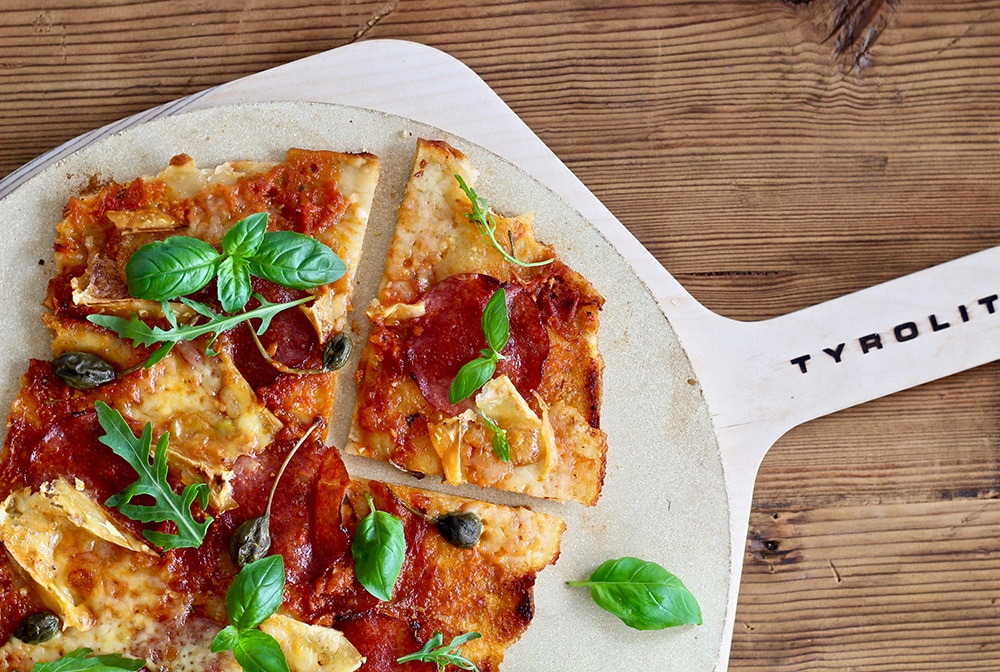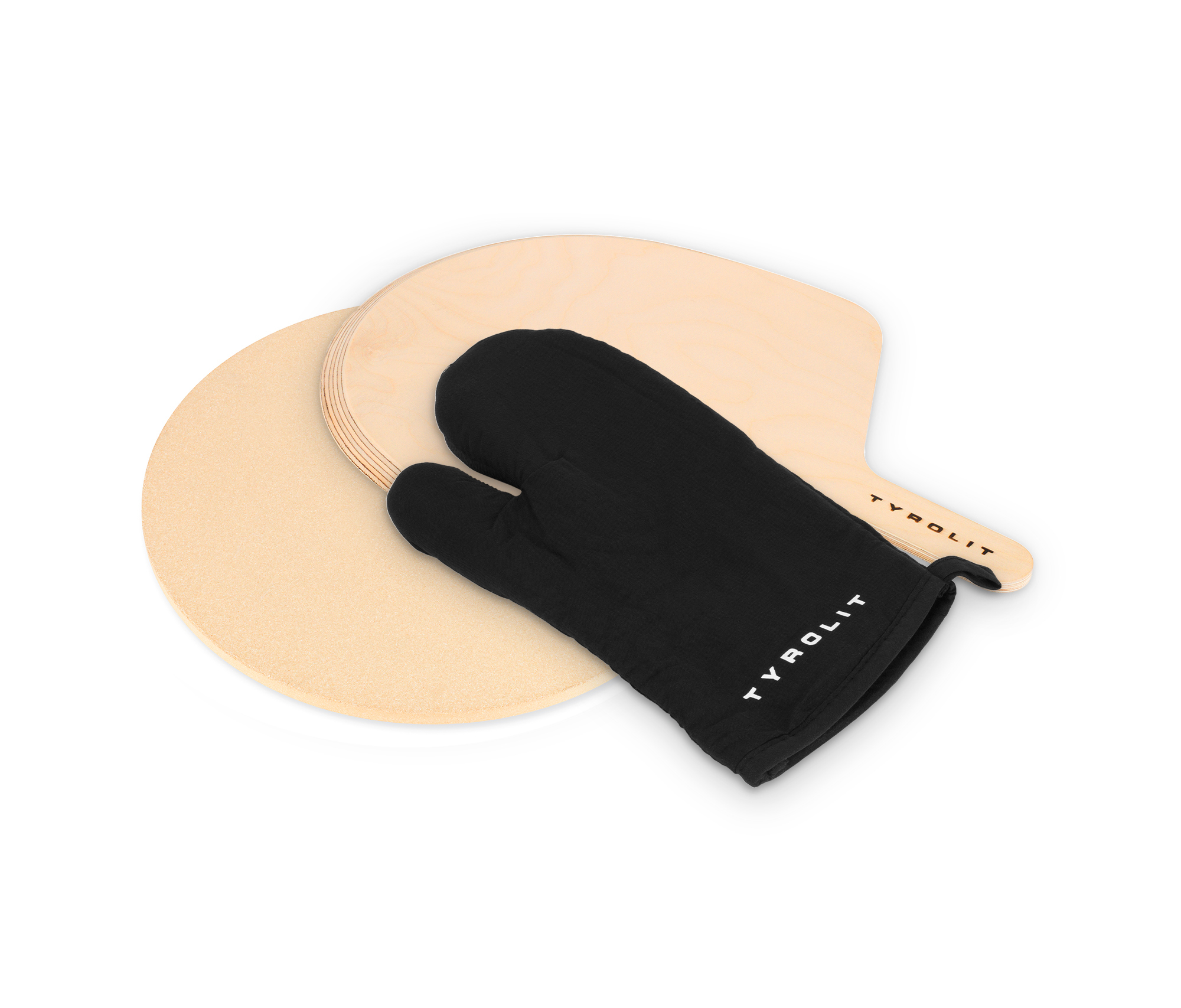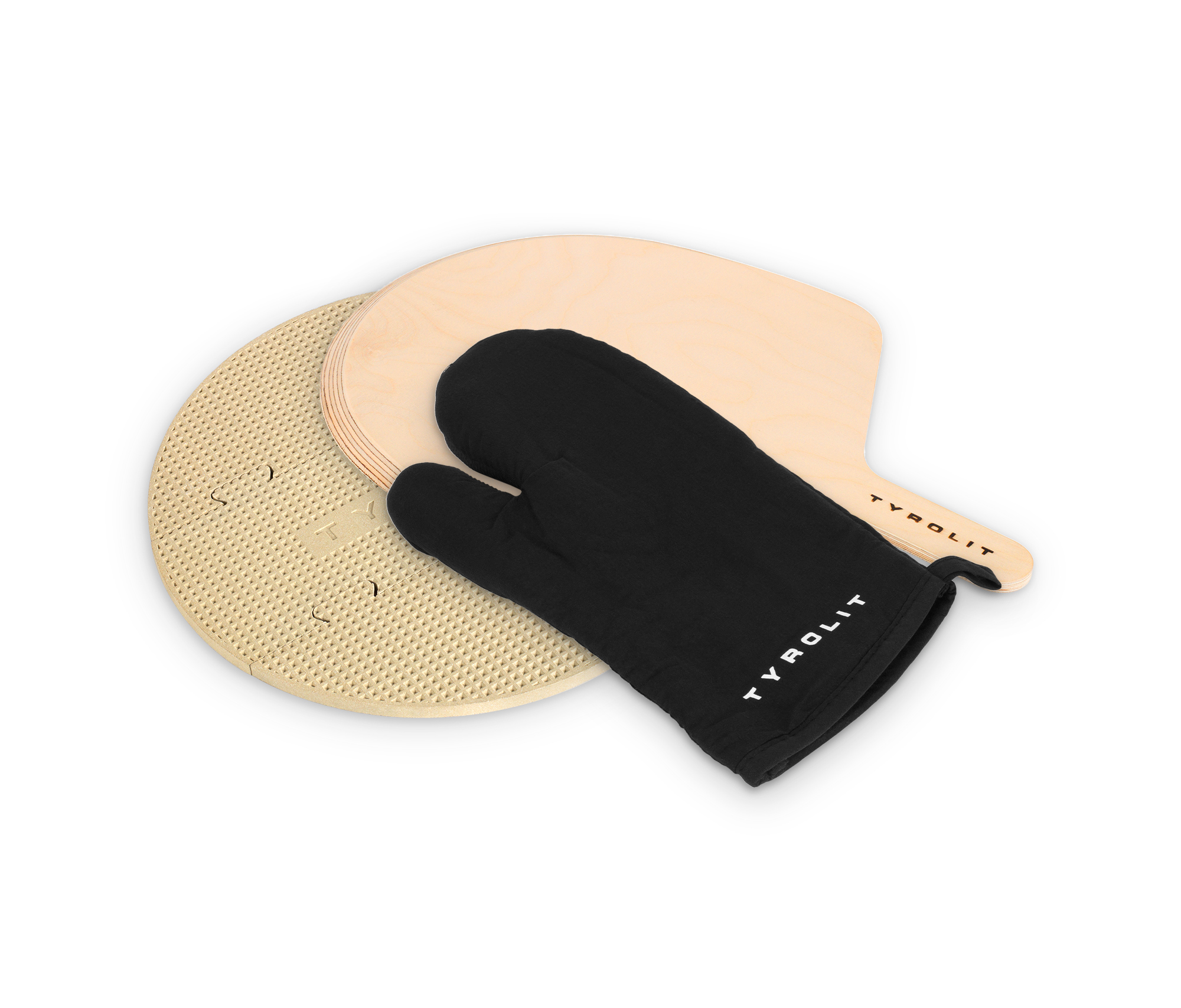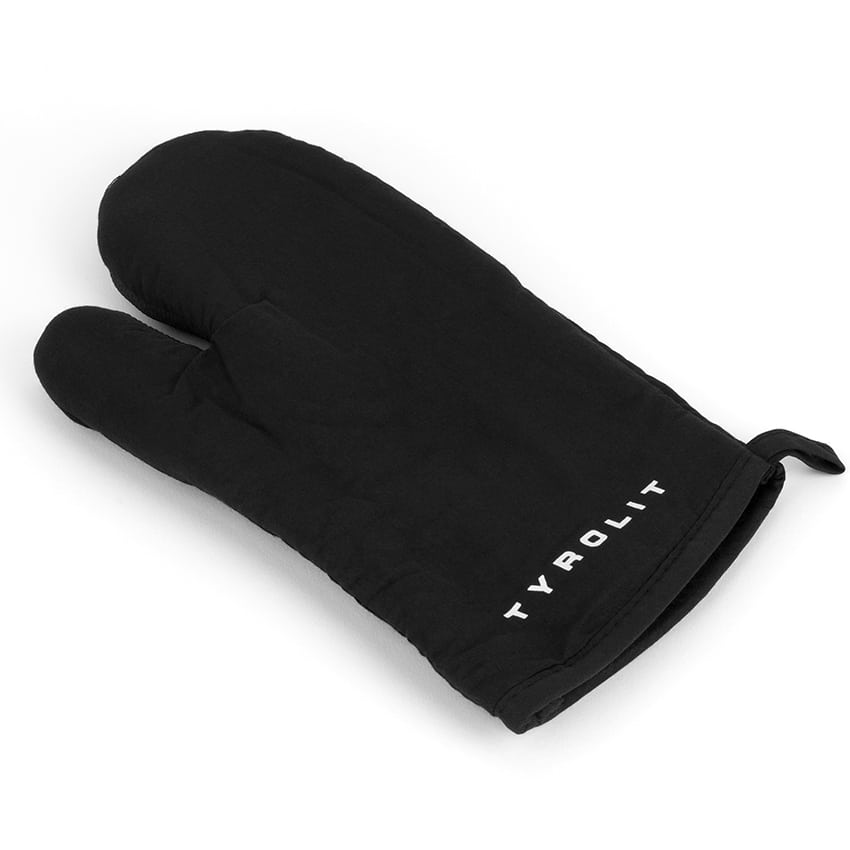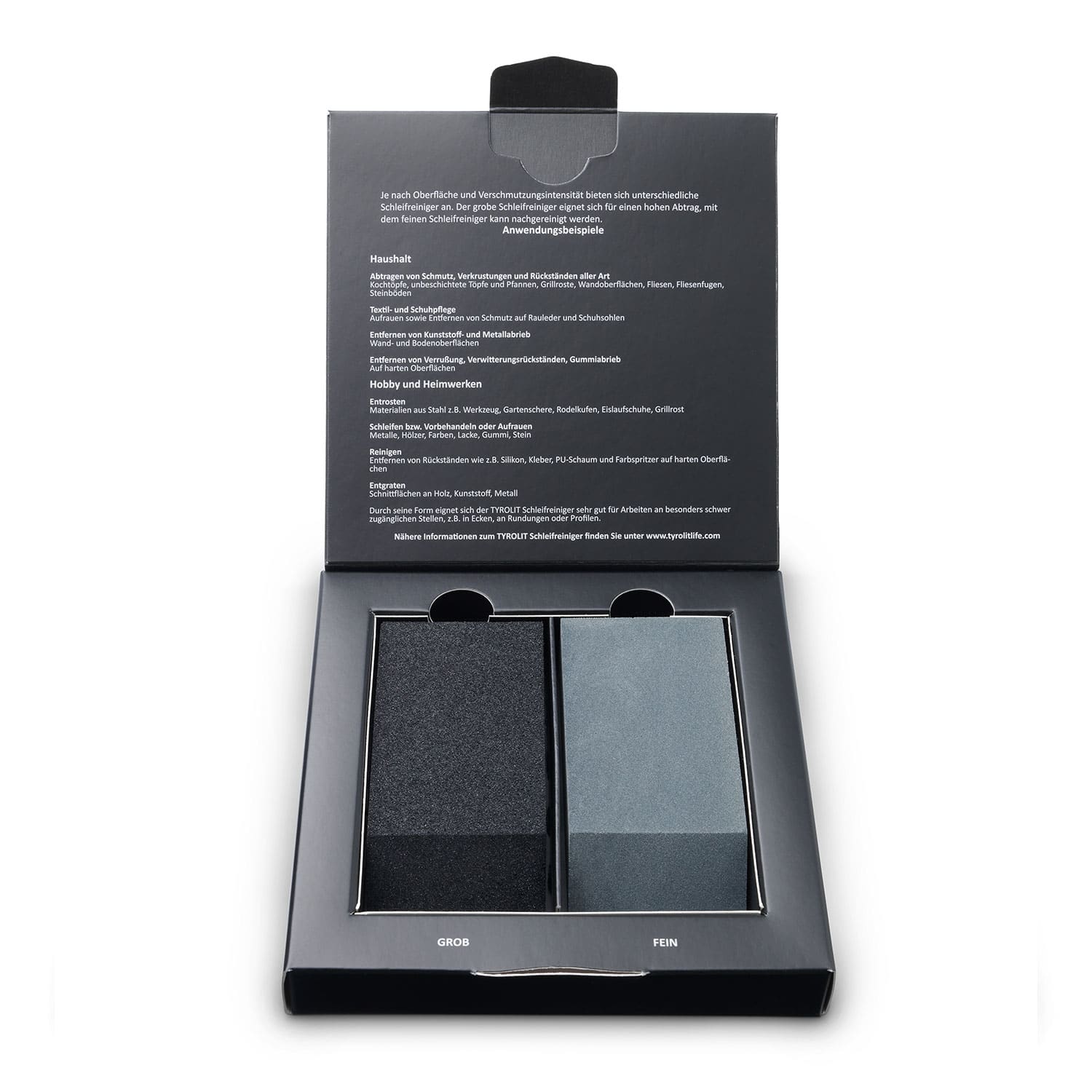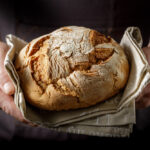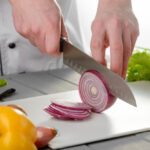Cleaning Your Pizza Stone – 7 Tips for Keeping It Clean
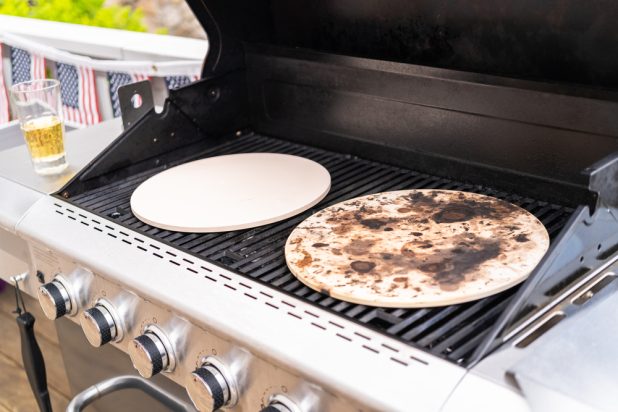
Whether it’s the perfect pizza just like from an Italian pizzeria, a hearty Quiche Lorraine, a crispy Flammkuchen, or even a sweet braided yeast bread – after baking, cleaning the pizza stone becomes the next important task. However, when looking into the oven at the bulky, still-hot piece of chamotte or cordierite covered in burnt flour, several questions regarding the proper cleaning method immediately come to mind.
Fortunately, it is not at all difficult to get the pizza stone clean again. The principle is: less is more! To ensure the few steps you need to clean the pizza stone are effective, we have put together 7 useful tips for you here.
Tip 1 – Let the pizza stone cool down properly
After enjoying your delicious pizza or tarte flambée, it’s time to take care of cleaning your pizza stone. However, before starting this process, it’s crucial to let the pizza stone properly cool down. The stone has reached extremely high temperatures due to heating up and during baking. By allowing it to cool, you prevent burns and damage to the stone.
When cooling down, however, as well as when preheating the pizza stone, patience is required: it cannot tolerate sudden fluctuations in temperature and sometimes reacts with cracks and breaks. So take your time so that the pizza stone can cool on the grill or in the oven.
Tip 2 – Cloth and Brush – The Pizza Stone’s Best Friends
A kitchen towel and a brush are the best helpers when cleaning the pizza stone. With the slightly damp cloth, if necessary, you can gently wipe food residues and impurities from the surface of the stone. You can also use kitchen paper – but only work with light pressure so that lint does not form.
For more stubborn dirt, a dishwashing brush is ideal, but it must be free of any detergent. Also, avoid getting the stone really wet – otherwise the pizza stone may break. Even if you only wipe it slightly damp, you should let it dry well before storing it.
Tip 3 – Glass Ceramic Scraper for Burnt-on Food
An effective method to remove stubborn and burnt food remnants from your pizza stone after baking is by using a ceramic hob scraper. This convenient tool allows you to gently scrape off burnt residues using light pressure. This is particularly useful for those unfortunate instances when a pizza sticks to the pizza stone, allowing you to remove burnt pizza dough efficiently.
A kitchen scraper, like the one you use on your ceramic cooktop, is also a good option for removing stubborn stains from tomato sauce and similar substances. With such a scraper, you can restore your pizza stone to a clean condition and prepare it for its next use. However, caution is required with coated pizza stones – the coating should not be damaged by the scraper.
Cordierite pizza stone – All details about the material
In this article, we delve into the world of pizza baking, with an emphasis on the traditional pizza stone that forms the basis for crispy, delicious pizzas. You will also learn about the benefits of cordierite.
Tip 4 – Fireclay or Cordierite Pizza Stone – Note the Differences in Cleaning
When cleaning fireclay and cordierite pizza stones, there are several important differences to keep in mind. Fireclay stones are known for their porosity and tendency to absorb liquids. Therefore, you should ensure that no moisture penetrates the fireclay pizza stone during cleaning to avoid damage. It is recommended to clean fireclay stones dry and to avoid using water.
Cordierite stones, on the other hand, are less porous and can be cleaned wet. If your pizza stone is coated – this includes some cordierite pizza stones – you can use warm water to remove dirt, depending on the model. Note, however, that some cordierite pizza stones may have only one coated side. In this case, it is important that the uncoated sides of the stone remain dry.
Tip 5 – Pyrolysis instead of water and detergent
Cleaning agents, as well as water, should not be used for cleaning the pizza stone. The reason is that the pizza stone can be damaged if it absorbs water, and chemical cleaners can penetrate and adhere to the stone. Depending on the model, a damp cloth may be used, or in the case of some cordierite stones with a coating, working with a bit of warm water is also possible.
Using water, detergent, or even the dishwasher to clean your pizza stone is fundamentally off-limits – however, the same rule doesn’t strictly apply to heat, such as that generated by the pyrolysis function. This feature, found in some contemporary ovens, leverages temperatures up to 500°C (932°F) to incinerate food remnants and contaminants, thereby cleansing the stone. This principle is similarly employed in grills to rid the grate of stuck-on food particles. Correspondingly, it’s recommended to season your pizza stone.
After the self-cleaning function of your oven is completed, allow the hot stone to cool down and you can easily wipe away dirt. However, as not every pizza stone is suited for the pyrolysis function, it’s worthwhile to consult the manufacturer’s instructions.
Tip 6 – Don’t be afraid of the patina!
The patina that forms on your pizza stone over time is harmless and does not affect the performance of your pizza stone. This natural discoloration is caused by repeated use and baking on the stone and is a sign that you and your pizza stone are well-rehearsed.
Often, dark spots or discolorations appear on the surface, caused by the heat and the food. While you can attempt to remove them with fine sandpaper, doing so carries the risk of damaging the stone.
Ultimately, the patina is a natural part of your pizza stone’s usage—it will never look the same as it did before its first use, instead bearing witness to your past baking achievements.
Tip 7 – The Manufacturer Knows Their Stone Best
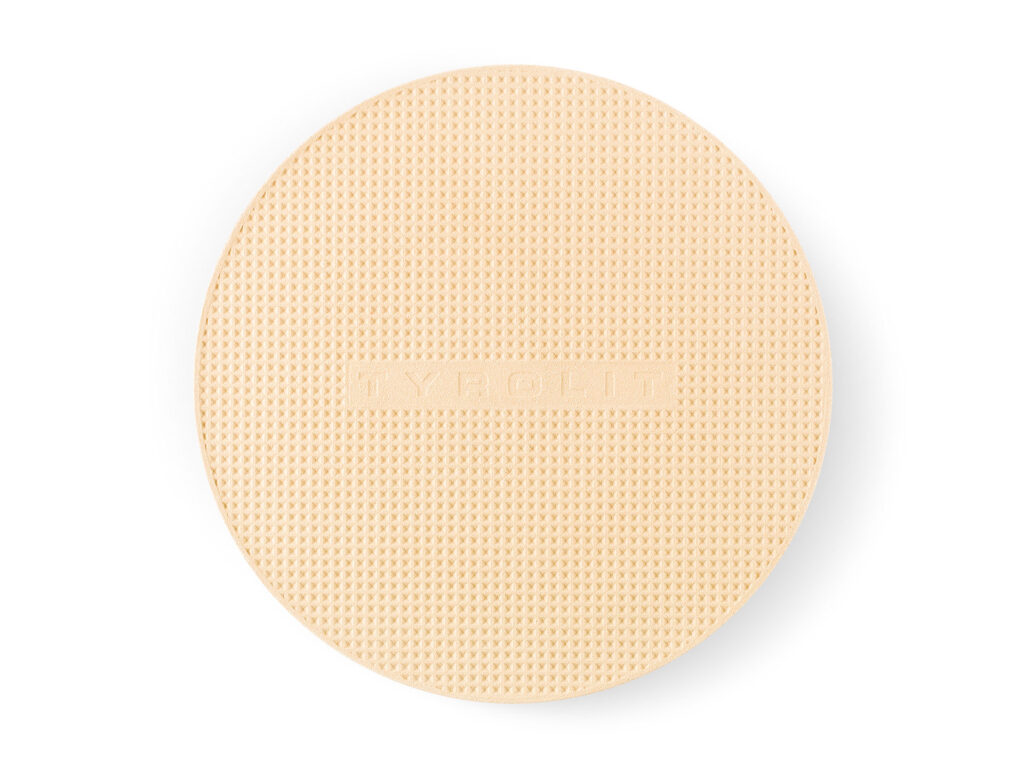
When it comes to cleaning your pizza stone, it is advisable to follow the manufacturer’s recommendations. The manufacturer knows their product best and can therefore recommend the most effective and gentle cleaning methods.
For example, we at Tyrolit Life recommend simply allowing the pizza stone to cool completely after use and then cleaning it as dry as possible with a kitchen towel or a soft brush.
Subsequent dry storage prevents moisture from accumulating on the stone’s surface and even prevents mold from forming. Stored securely and in a dry condition, the pizza stone is well-prepared to cook delicious meals again soon.
Pizza Stone Cleaning FAQs
How do I clean a burnt pizza stone?
Why does the pizza stone turn black?
Can a pizza stone be put in the dishwasher?
Should you oil a pizza stone?
5 Tips for the Correct Use of a Pizza Stone
We would like to clear up all questions and uncertainties about the optimal use of the pizza stone with our 5 tips. After this pizza stone masterclass, nothing stands in the way of your pizza enjoyment!

